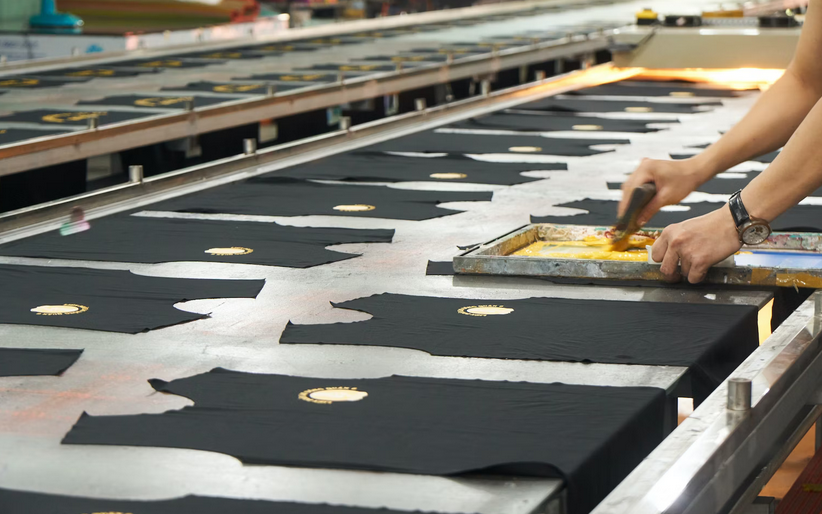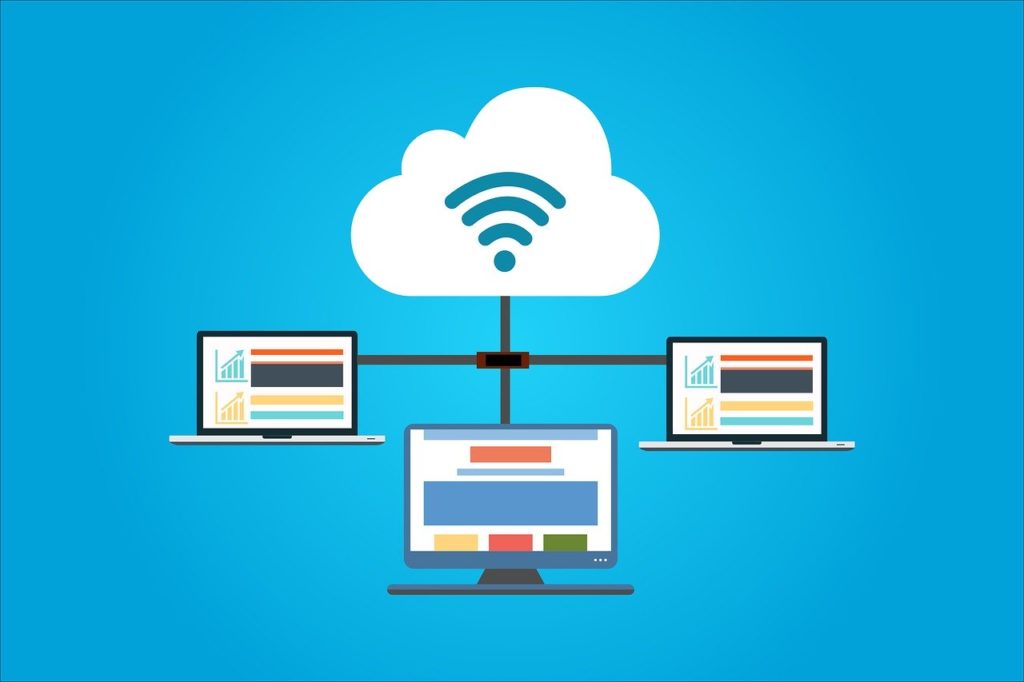From Ethics to Innovation: Creating a Responsible Framework for AI Use in Business
In an era where artificial intelligence continues to reshape industries and redefine our everyday lives, the conversation surrounding its ethical implications has never been more crucial. As businesses race to harness the power of AI, they must also grapple with a pressing question: How can we innovate responsibly? In this blog post, “From Ethics to Innovation: Creating a Responsible Framework for AI Use in Business,” we’ll explore the delicate balance between cutting-edge technology and ethical stewardship. Join us as we delve into strategies that foster innovation and ensure accountability and trust—because, in AI, responsibility is just as important as progress.
Transparency: Making AI Decisions Understandable
One of the significant concerns with AI is its “black-box” nature. Many AI systems make decisions based on complex algorithms that aren’t always easy to understand, even for those who create them. This can be a problem when businesses use AI to make decisions that impact customers, like credit scoring, hiring, or even health recommendations.
For businesses, transparency is crucial. It’s essential to ensure that AI systems are effective and explainable. Companies should be transparent about how their AI tools work, how decisions are made, and how data is used. This helps build trust with customers, employees, and other stakeholders. If customers understand how AI is being used to benefit them, they’re more likely to embrace it. Additionally, in the chat bots vs humans for customer service debate, being transparent about their use can help customers feel more comfortable and accepting of the technology.
Fairness: Avoiding Bias in AI Systems
AI systems learn from data; if that data is biased, the AI can inherit and even amplify those biases. For example, if an AI hiring system is trained on biased data, it might unfairly favor specific candidates based on gender, race, or age. This is a major ethical issue because it can perpetuate existing inequalities and discrimination. To ensure fairness, businesses must actively work to identify and address bias in their AI models. This involves using diverse and representative datasets, regularly auditing AI systems for bias, and incorporating fairness into the design process. By doing so, businesses can create more equitable systems that benefit all customers and employees.
Privacy: Protecting Customer Data

With the massive amounts of data AI systems process, privacy is a top concern. Businesses often rely on personal data to power AI systems to improve customer service, personalize recommendations, or automate marketing. However, customers are becoming increasingly aware of how their data is used and are concerned about their privacy. Companies have a responsibility to protect customer data and use it ethically. This means being transparent about data collection practices, giving customers control over their data, and ensuring compliance with data protection regulations like GDPR. A strong commitment to privacy keeps customers safe and builds a foundation of trust between businesses and their customers.
Accountability: Taking Responsibility for AI Decisions
As AI takes on more decision-making roles, accountability becomes more complex. When an AI system makes a mistake or causes harm, who is responsible? Is it the company that created the system, the developers who built it, or the AI itself? In business, clear accountability structures are essential. Companies should ensure that there are mechanisms in place for human oversight, mainly when AI makes critical decisions. A human “in the loop” can help catch mistakes, provide context to AI decisions, and ensure the system is used responsibly. Ultimately, businesses must take responsibility for the ethical use of AI and ensure that AI systems align with their values.
Sustainability: Considering the Environmental Impact
AI isn’t just an ethical challenge for human rights and fairness—it’s also an environmental one. The energy consumption required to train and run AI models can be substantial, especially for large-scale systems. In fact, some AI systems are responsible for significant carbon footprints. Businesses should consider the environmental impact of their AI systems and work toward minimizing it. This might mean investing in more energy-efficient AI models, using renewable energy sources, or implementing strategies that reduce the overall environmental footprint of AI operations. By considering sustainability, businesses can ensure that their innovation doesn’t come at the planet’s expense.
AI holds incredible business potential, but with that power comes the responsibility to use it ethically. From transparency and fairness to privacy and accountability, businesses must consider the broader impact of their AI initiatives. By addressing these ethical concerns head-on, companies can build AI systems that drive innovation and contribute to a more fair, transparent, and responsible future.…









 Many home service businesses make the error of neglecting social media marketing. Social media platforms like Facebook and LinkedIn offer an excellent opportunity to connect with potential clients. Share high-quality images and videos of your work, engage with your audience, and respond to comments and messages promptly. Ignoring this cost-effective marketing channel can limit your reach and impact.
Many home service businesses make the error of neglecting social media marketing. Social media platforms like Facebook and LinkedIn offer an excellent opportunity to connect with potential clients. Share high-quality images and videos of your work, engage with your audience, and respond to comments and messages promptly. Ignoring this cost-effective marketing channel can limit your reach and impact.

 What is the goal of your business? For example, if your company wants to sell a product that would benefit teenagers, maybe don’t target seniors instead. Also, think about how you can reach these potential clients. Marketing is a big part of this, and it doesn’t necessarily have to be expensive as social media marketing, for instance, is free.
What is the goal of your business? For example, if your company wants to sell a product that would benefit teenagers, maybe don’t target seniors instead. Also, think about how you can reach these potential clients. Marketing is a big part of this, and it doesn’t necessarily have to be expensive as social media marketing, for instance, is free.




